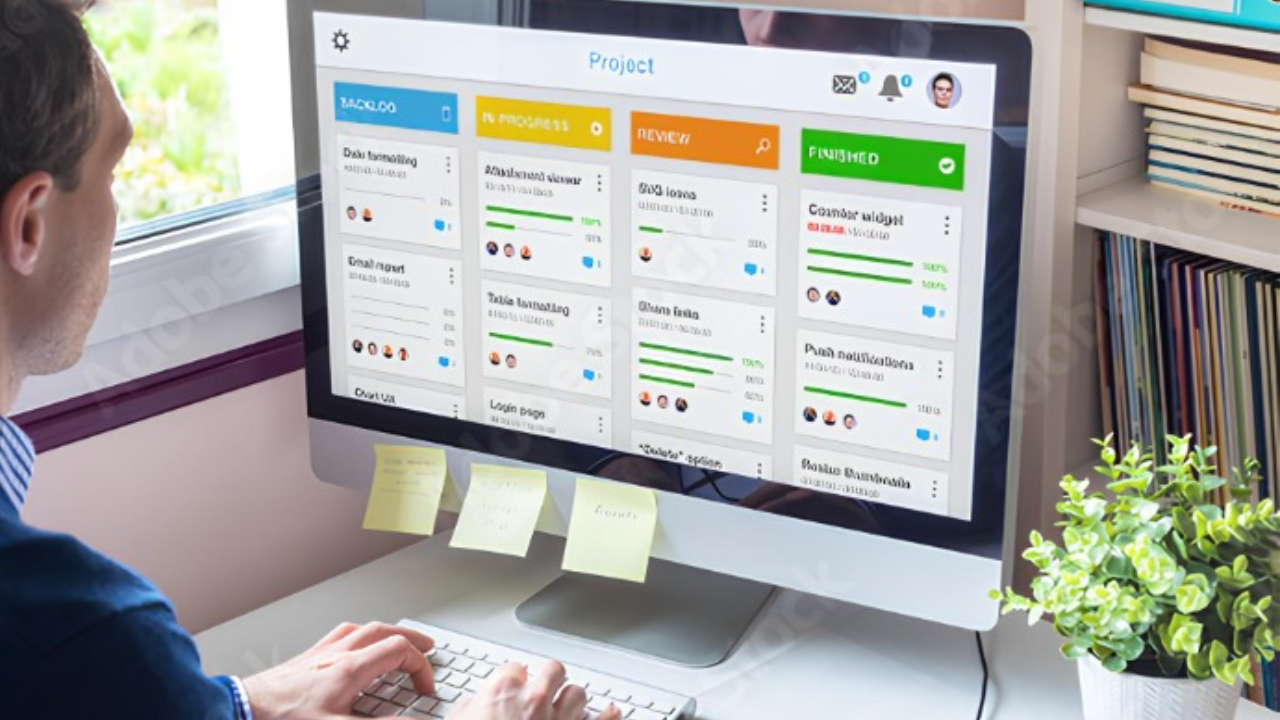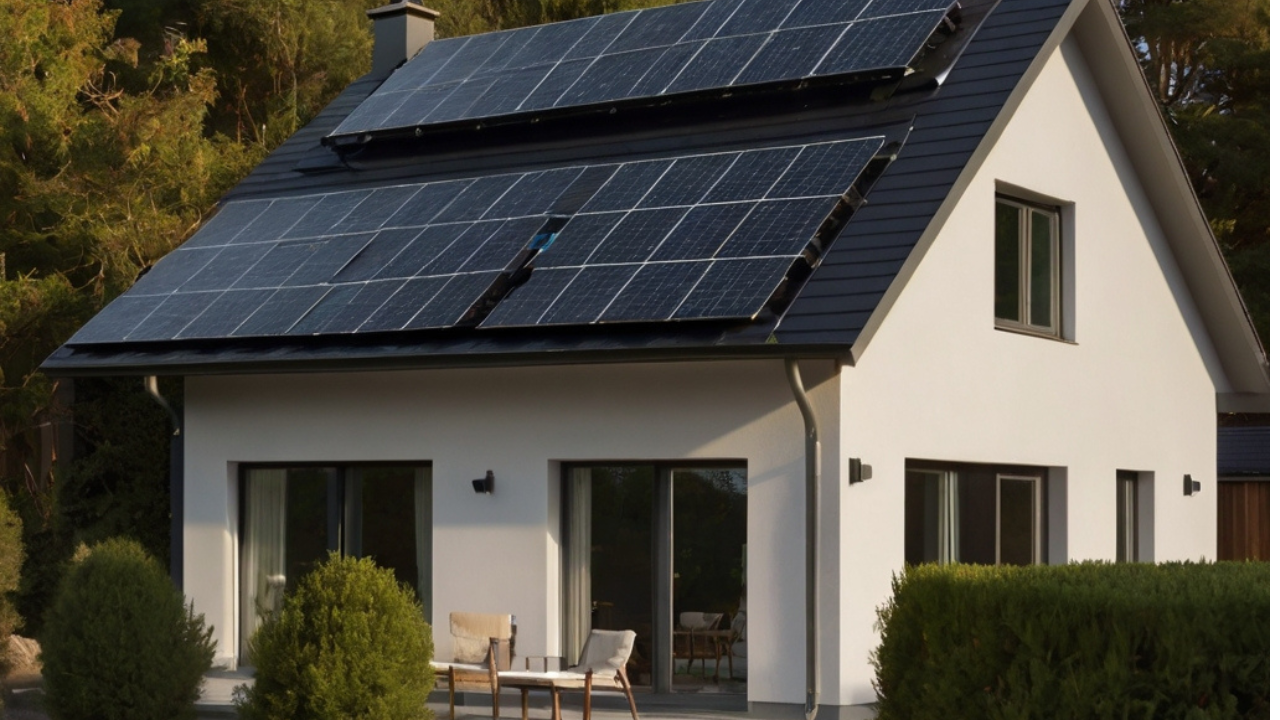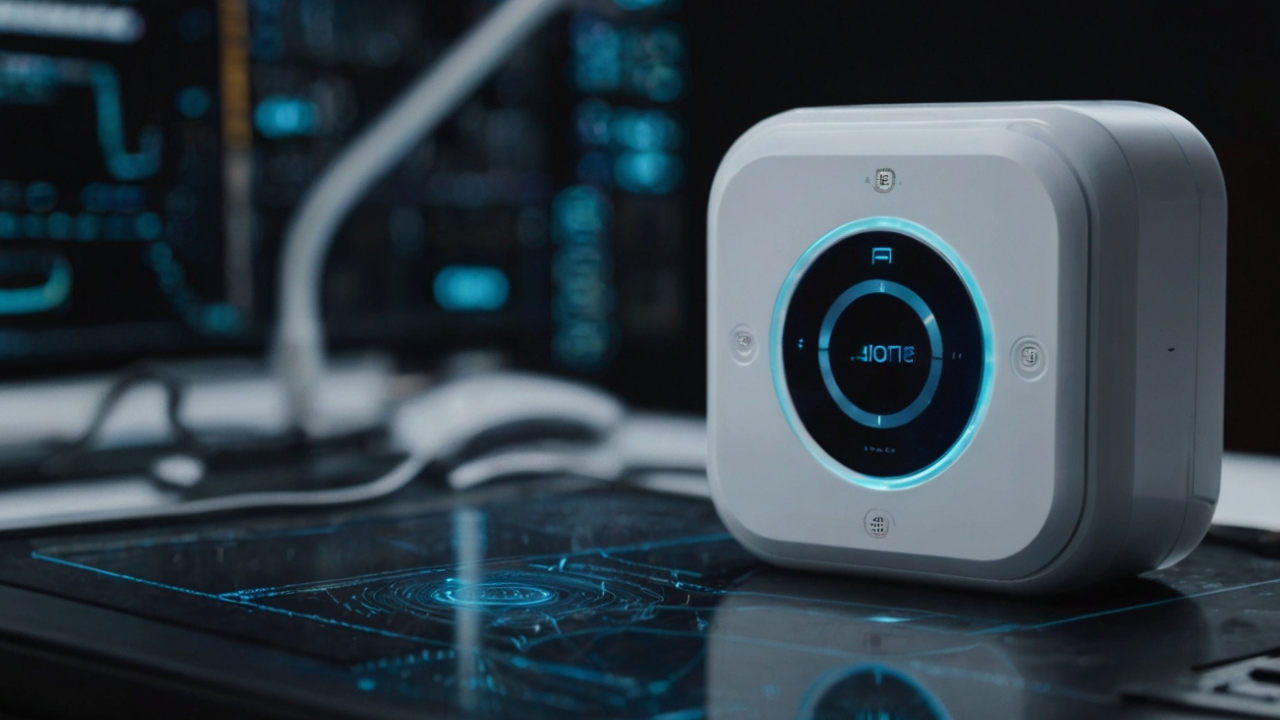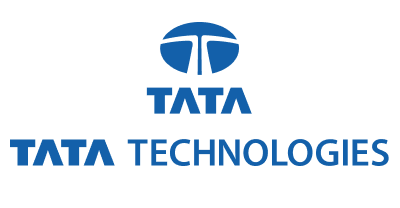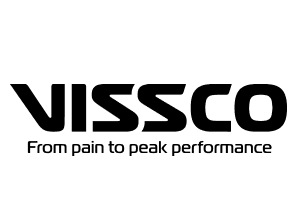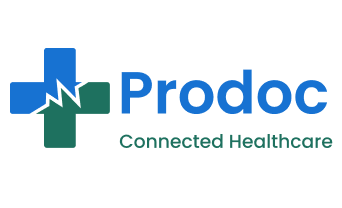Introduction
The process of development is complex, albeit having tough tasks well schemed. Stages of product development are relevant to any given business that is willing to invent and innovate new products to meet the market demand. These stages run from the idea generation to the commercialization of a product. To come up with a final product, each stage is very important. All of this is reflected in this comprehensive guide, taking a deep dive into the 5 stages of the product development process with some very valuable insights on how to get through each one.
Understanding the importance of a strategic product development process
Any product development has to be steeped in a strategic development procedure. In this strategic way, a company is able to plan and run through each stage involved in a way that will ensure the efficient use of resources, timely delivery, and of course, customer satisfaction. Clearly stated objectives, market research, and time frame. It is market analysis, prototyping, testing, and refining—these aspects of product design that make each step toward having that one winning product. So, let us see how these aspects apply in the making of your product development journey less hassling and more strategic.
Concept Development and Testing
In the Concept Development and Testing stage, ideas are developed into concepts. Detailed market research, prototype development, and testing of concepts are done to learn the reaction of the customers towards a product. This is a stage where the understanding of customers is needed to validate or reiterate the concepts before finalization. The use of focus groups, questionnaires and prototype testing can let teams refine their product concepts towards more excellent alignment of needs and desire of customers for a product. Take a look at the following section for Stage 3: about Design and Engineering, where translated, validated ideas become actual products.
Business Analysis
This is the Business Analysis stage where the rubber meets the road. The teams will appraise the product concept financial viability and market potential. This stage undertakes a thorough cost analysis, pricing strategy, and projection of sales volume. A team can ultimately, from its competitive analysis assessment and Market research, render conclusions on the profitability of the product while rendering it viable in the market. In the next section of this blog on Stage 4: Product Development, we’ll go over bringing the validated product concept to life only this time through design- and engineering-related processes.
Product Development
It is in the Product Development stage, where emphasis is shifted to translating this validated product concept and making it very tangible. Hence, there exists a close, working relationship between design and engineering processes to create a prototype faithful to the original vision but technically possible to produce. Collaborative teamwork will play an important role to this end as designers and engineers will work hand-in-hand to iterate, fine-tune, and even test the prototype for eventual production. So attention to detail and timelines is key in this stage to have a smooth translation from idea to reality. Coming right up – Stage 5 Testing and Launch about how to prototype effectively and look more closely at viability before really going to market.
Market Testing and Commercialization
Having successfully developed your prototype in the Product Development stage, now it is time to test it among the masses to see whether or not the product has good chances of succeeding. Market testing will let entrepreneurs gather the most valuable feedback from target customers, collect data, and hopefully use that information to make the product even better. Market requirements and differentiation of such products from those offered by competitors will then become crucial issues. Commercialization strategies are developed that efficiently launch the product, generate brand awareness, and generate sales. We look forward to our upcoming blog section where we discuss the importance of strategic commercialization and market testing in the final stage of the product development process.
Conclusion: Successfully navigating the product development process
In conclusion of our in-depth look-see at what constitutes the 5 stages of product development, we haveperiastruly Speaking, every covered two extremes: from the ideation stage to market testing and commercialization. stage holds its own significance to see the product reach its full potential upon launching. Understanding the importance of doing homework on research or creating iteratively or testing the market well can help a business minimize associated risks to a great extent while giving the product the best possible chances of success upon launch. Product development is a very dynamic process. There has to be dynamism in product development-colorful changes and innovations. Always focus on the value proposition to your target audience, and success will automatically follow. Thanks for being part of this journey which we call product development. For more such insights and valuable tips, stay tuned to our blog!


